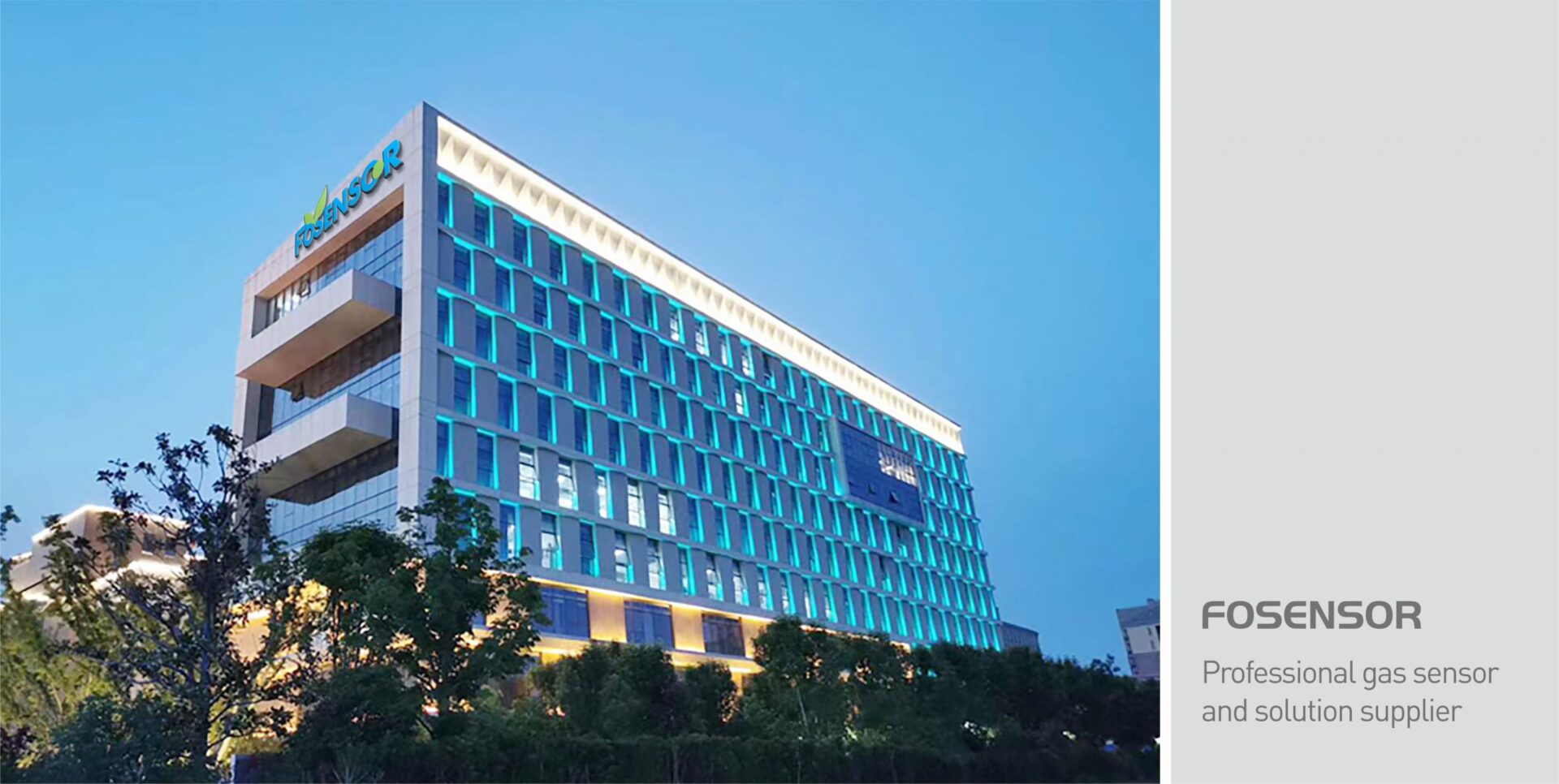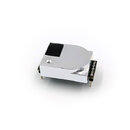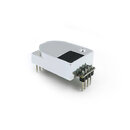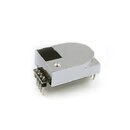Infrared gas sensor is a kind of sensor that can detect gas concentration, mainly using the absorption and scattering characteristics of infrared radiation in different gas molecules to detect the presence of gas. Infrared gas sensor technology has a wide range of applications in industrial, medical, environmental and other fields, the following will introduce its technology and application in detail.
1. Gas detection: Infrared gas sensors can be used to detect gas concentrations, such as carbon dioxide, oxygen, nitrogen, etc. These sensors can be used in industrial automation, quality control and safety.
2. Energy monitoring: Infrared gas sensors can be used to monitor the concentration of gas, petroleum gas and other gases, so as to predict the possibility of fire and explosion.
3. Healthcare: Infrared gas sensors can be used to detect the concentration of gases in indoor air, such as carbon dioxide and oxygen, thereby helping doctors diagnose respiratory problems and cardiovascular disease.
4. Environmental protection: Infrared gas sensors can be used to monitor gas concentrations in the atmosphere, thereby helping researchers predict trends in climate change and atmospheric pollution.
https://www.hnfosensor.com/product/infrared-gas-sensor
Overview of infrared gas sensor technology
An infrared gas sensor usually consists of an infrared emitter, which emits infrared radiation, and an infrared receiver, which receives infrared radiation and converts it into an electrical signal. Infrared gas sensors measure gas concentration by detecting the degree to which infrared radiation is absorbed and scattered by gas molecules.Principle of infrared gas sensor
The principle of infrared gas sensor is based on the infrared radiation absorption and scattering characteristics of gas molecules. When gas molecules encounter an infrared radiation, they absorb it and convert it into heat. This heat energy is then scattered into surrounding gas molecules, some of which may again absorb infrared radiation and produce spectra similar to absorption peaks. The infrared gas sensor determines the concentration of the gas by detecting the position of these absorption peaks.Application of infrared gas sensor
Infrared gas sensors have a wide range of industrial applications, including:1. Gas detection: Infrared gas sensors can be used to detect gas concentrations, such as carbon dioxide, oxygen, nitrogen, etc. These sensors can be used in industrial automation, quality control and safety.
2. Energy monitoring: Infrared gas sensors can be used to monitor the concentration of gas, petroleum gas and other gases, so as to predict the possibility of fire and explosion.
3. Healthcare: Infrared gas sensors can be used to detect the concentration of gases in indoor air, such as carbon dioxide and oxygen, thereby helping doctors diagnose respiratory problems and cardiovascular disease.
4. Environmental protection: Infrared gas sensors can be used to monitor gas concentrations in the atmosphere, thereby helping researchers predict trends in climate change and atmospheric pollution.
https://www.hnfosensor.com/product/infrared-gas-sensor









